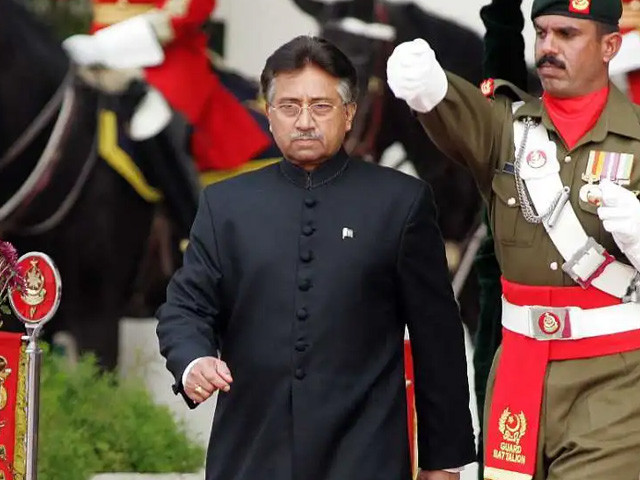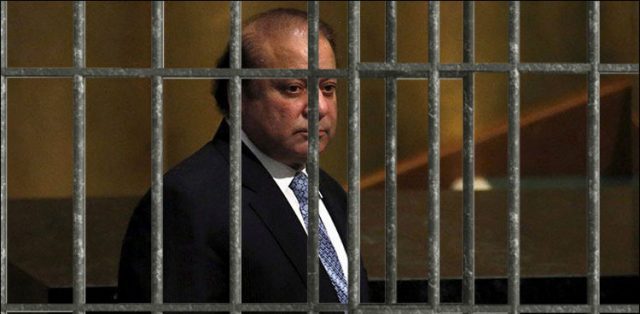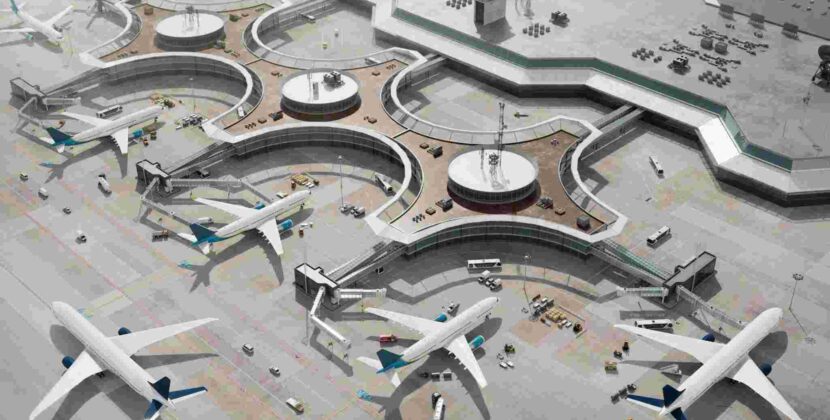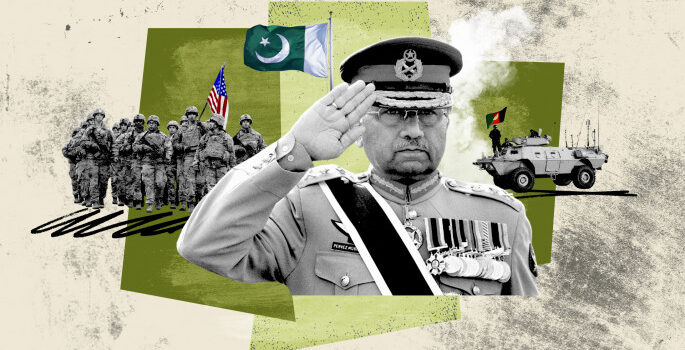
Introduction
Pakistan’s political history is marked by periods of democracy, interspersed with military coups and authoritarian rule. The Fourth Martial Law, imposed by General Pervez Musharraf in 1999, was a significant chapter in Pakistan‘s history, with far-reaching consequences for its political and economic landscape. In this article, we delve into the complete history of the fourth martial law, its consequences, the aftermath, imprisonment and punishments of politicians, and its impact on Pakistan’s political and economic situation.
I. The Background
1.1. General Pervez Musharraf
The fourth martial law in Pakistan was triggered by a military coup on October 12, 1999, led by General Pervez Musharraf. At the time, Pakistan was grappling with political instability, corruption, and a struggling economy. Musharraf, who was the Chief of Army Staff, justified his coup by citing the need to restore order and address the nation’s myriad issues.
1.2. Nawaz Sharif’s Government
The immediate backdrop for the coup was the tense standoff between Prime Minister Nawaz Sharif and the military. Sharif had dismissed Musharraf and was facing a crisis due to his decision to withdraw troops from Kargil, in the midst of the Kargil War with India. This decision led to a deepening rift between the military and the civilian government.
II. The Imposition of Martial Law
2.1. Coup D’état
On October 12, 1999, General Musharraf launched a coup, taking control of the government. He declared a state of emergency, dissolved the National Assembly and the provincial assemblies, and assumed the role of Chief Executive. This marked the beginning of the fourth martial law in Pakistan.

2.2. Suspension of the Constitution
As part of the martial law, General Musharraf suspended the Constitution, effectively putting the rule of law on hold. The civil administration was replaced by military rule, and fundamental rights and freedoms were curtailed.
III. Consequences of Imposing Martial Law
3.1. Political Consequences
It led to the suppression of political parties and civil society, and it marked the suspension of democracy in Pakistan. The military regime clamped down on opposition leaders, leading to widespread arrests and intimidation.
3.2. Economic Consequences
The economic consequences of martial law were significant. Pakistan’s economy faced uncertainty and a lack of investor confidence due to the political instability. Moreover, international sanctions were imposed on Pakistan in response to the coup, which further strained the country’s economic situation.
IV. Aftermath of Martial Law
4.1. Continued Rule
Musharraf’s regime continued for nearly a decade, and during his tenure, several attempts were made to transition back to democracy. In 2001, Musharraf assumed the position of President, consolidating his power and maintaining military rule.

4.2. Political Suppression
The years following the imposition of martial law saw the suppression of political dissent, with opposition leaders and parties facing censorship and harassment. Many prominent politicians, including Benazir Bhutto and Nawaz Sharif, were exiled during this period.
V. Imprisonments and Punishments
5.1. Arrests and Exile
Many politicians faced imprisonment and exile during the Musharraf regime. Benazir Bhutto and Nawaz Sharif, both former Prime Ministers, were sent into exile. Others, like Javed Hashmi and Asif Ali Zardari, were also arrested.

5.2. Military Courts
Musharraf established military courts to try individuals accused of terrorism, which led to concerns about human rights violations and a lack of due process. These courts were used to suppress political opposition.
VI. Impact on Pakistan’s Political Landscape
6.1. Erosion of Democracy
The fourth martial law eroded Pakistan’s democratic institutions and norms. The military’s dominance in politics weakened civilian governments and undermined the rule of law, leading to an environment where the military played a significant role in shaping Pakistan’s political landscape.
6.2. Legacy of Militarization
The fourth martial law left a legacy of militarization in Pakistan’s politics. Even after Musharraf’s departure from power, the military continued to exert influence behind the scenes. This military involvement in politics has posed challenges to the development of a stable and functional democracy in the country.
VII. Impact on Pakistan’s Economy
7.1. Economic Challenges
The economic impact of the fourth martial law was far-reaching. Pakistan’s economic growth was hampered by the uncertainty created by political instability, international sanctions, and a lack of investor confidence. The country faced fiscal challenges and a growing external debt.
7.2. Foreign Aid and Investment
International donors and investors were hesitant to engage with Pakistan during the military regime, resulting in a decrease in foreign aid and investment. The economic cost of this isolation was significant, and it hindered Pakistan’s development.
VIII. Conclusion
The fourth martial law in Pakistan, imposed by General Pervez Musharraf in 1999, had profound consequences for the country’s political and economic landscape. It marked the suspension of democracy, suppression of political opposition, and a challenging economic environment. The legacy of militarization in Pakistani politics continues to influence the nation’s trajectory, making the journey toward a stable and democratic state an ongoing struggle. Understanding this history is crucial for comprehending Pakistan’s current political and economic challenges, as it is a testament to the enduring impact of martial law on a nation’s trajectory.












Comments
Here are 10 World’s Largest Cruise Ships
Here are 10 World’s Largest Cruise Ships
From Love to Longing: 10 Surprising Reasons of Marital Disconnection
Unveiling the Surprising facts about Zulfiqar Ali Bhutto
Unveiling the Surprising facts about Zulfiqar Ali Bhutto